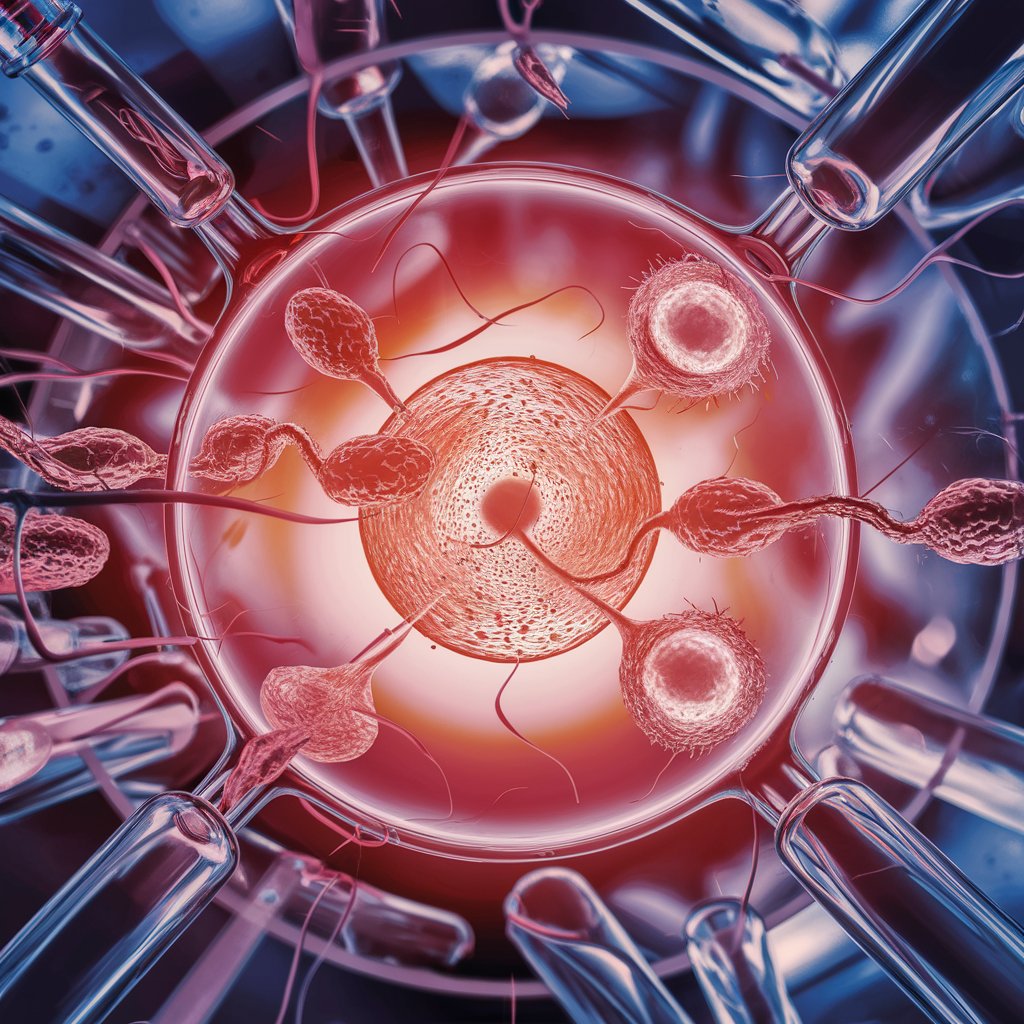Azoospermia, a condition where no sperm is present in the semen, can be a significant challenge for couples trying to conceive. Among various treatments, hormone therapy plays a crucial role, especially in cases where hormonal imbalances are the underlying cause. This article explores how hormone therapy is used to treat azoospermia, its effectiveness, and what couples can expect during treatment.
Understanding Azoospermia and Its Causes
Azoospermia can be classified into two main types: obstructive and non-obstructive. Obstructive azoospermia occurs when there’s a blockage in the reproductive tract, preventing sperm from entering the semen. Non-obstructive azoospermia is related to sperm production issues within the testes. Hormone therapy is primarily used for non-obstructive azoospermia, particularly when the cause is a hormonal imbalance.
Hormone Therapy as a Treatment Option
Hormones play a vital role in sperm production. The process is regulated by the hypothalamus and pituitary gland, which release hormones like follicle-stimulating hormone (FSH) and luteinizing hormone (LH). These hormones signal the testes to produce sperm. When there is an imbalance in these hormones, it can lead to low or no sperm production, resulting in azoospermia.
Hormone therapy aims to restore the balance of these critical hormones. The treatment involves administering medications that either stimulate the production of these hormones or replace them if the body is not producing enough.
Hormone therapy plays a crucial role in treating certain types of azoospermia, particularly when the condition is caused by hormonal imbalances. By administering specific hormones like FSH and LH, or medications that stimulate their production, hormone therapy aims to restore normal sperm production.
Types of Hormone Therapies Used
- Gonadotropin Therapy: This involves the administration of FSH and LH to stimulate sperm production. It is particularly effective in men with hypogonadotropic hypogonadism, a condition where the body doesn’t produce enough of these hormones naturally.
- Clomiphene Citrate: This medication is commonly used to treat infertility in women, but it can also be effective in men. Clomiphene works by stimulating the pituitary gland to produce more FSH and LH, which in turn boosts sperm production.
- Human Chorionic Gonadotropin (hCG): hCG mimics LH and can be used to stimulate the testes directly to produce sperm. It is often combined with other therapies like FSH to enhance effectiveness.
- Testosterone Replacement Therapy (TRT): In some cases, low testosterone levels can contribute to azoospermia. TRT can help restore normal testosterone levels, which may improve sperm production. However, this treatment needs careful monitoring, as improper use can further suppress sperm production.
The Effectiveness of Hormone Therapy
The success of hormone therapy in treating azoospermia largely depends on the underlying cause. For men with hormonal imbalances, hormone therapy can significantly improve sperm production. However, the results vary, and not all men will respond to treatment. It is essential to undergo regular semen analysis to monitor progress and adjust the treatment plan accordingly.
In some cases, hormone therapy alone may not be sufficient to restore fertility. Assisted reproductive technologies (ART) like in vitro fertilization (IVF) or intracytoplasmic sperm injection (ICSI) may be recommended in conjunction with hormone therapy to increase the chances of conception.
Potential Side Effects and Considerations
Like any medical treatment, hormone therapy comes with potential side effects. These may include mood swings, changes in libido, weight gain, and in some cases, an increased risk of developing other health conditions. It is crucial for patients to discuss these risks with their healthcare provider and undergo treatment under close medical supervision.
Another important consideration is the time required for hormone therapy to take effect. Sperm production is a slow process, and it may take several months of consistent treatment before significant improvements are observed in semen analysis reports.
Monitoring Progress with Semen Analysis
Regular semen analysis is a critical component of managing azoospermia treatment. This test provides detailed information about the presence, quantity, and quality of sperm in the semen. For men undergoing hormone therapy, semen analysis helps track progress and determine the effectiveness of the treatment. A normal semen analysis report will show improved sperm count, motility, and morphology, which are essential for natural conception.
Conclusion
Hormone therapy offers hope for many men diagnosed with non-obstructive azoospermia due to hormonal imbalances. While the treatment requires time, patience, and regular monitoring, it can be a successful approach to restoring fertility. Working closely with an infertility specialist and regularly evaluating progress through semen analysis are key to achieving the best outcomes.
Stay tuned for more news and updates on Frolic Beverages!











